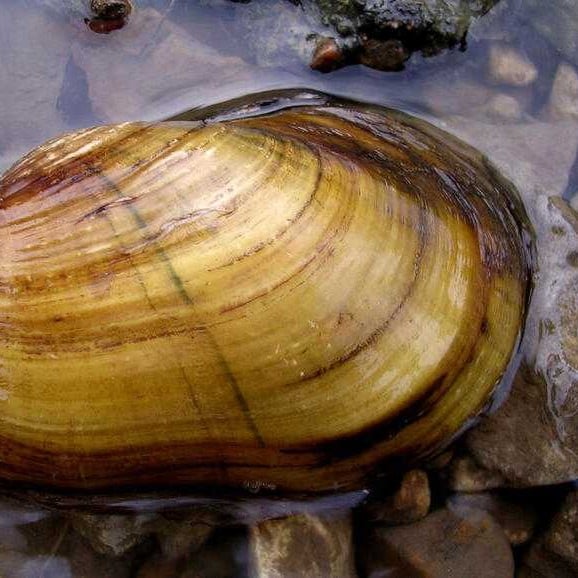Soil solarization is a non-chemical environmentally friendly method for controlling pests using solar power to increase the soil temperature to levels at which many soil-borne plant pathogens will be killed or greatly weakened.
I’ll be doing something similar to my yard this year. The house we bought was neglected for at least 4 years, maybe more. So there are loads of extremely tough weeds all over the yard. We will be placing down tarps to choke any plant life from the sun, then removing them after 5 weeks to start the germination process over on any additional dormant seeds, then back down to choke them again. Will repeat for 1 full season and then sow native prairie seeds to begin establishing. Not quite the same as heating the soil with the tarps, but similar effect for the weeds while keeping good soil biome in place.
Using this to help the moss takeover my yard.
He’s aware of us! This is what we do! Takes about a year, but it’s worth it.
I used this process to convert a section of turf grass to native trees, shrubs, and ground cover. It worked great, and even two years later I don’t have any rogue grass trying to pop up there. The area where I mulched but didn’t cover with the plastic sheeting has also done pretty well, but there are still several recurrent patches of burmuda grass that I’m still fighting with.
I might need help understanding why mulching+covering with a tarp wouldn’t increase the growth of anaerobic harmful pathogens. Is it because of temperature? Because it feels like humidity will get trapped and provide an ideal home for them.
The point might be that those harmful pathogens are exactly the kinds of creatures that might consume and dominate other pathogens of plants as well as kill off the eggs of bugs that are pests and weed seeds.
This is a bit like thermophilic composting where the high temps and thermophilic bacteria manage to kill off a lot of pathogens & pests in the soil, including weed seeds, fungi and bacteria that target crops, and so on.







